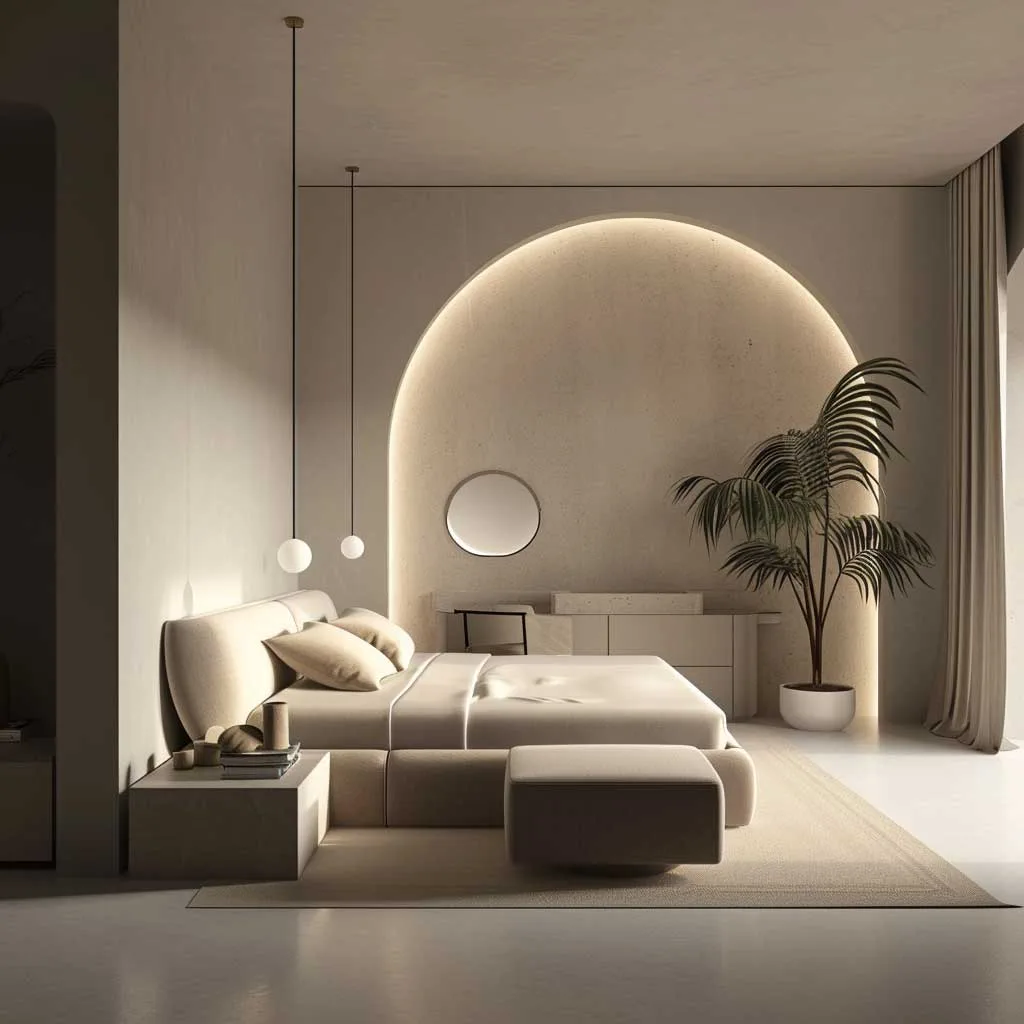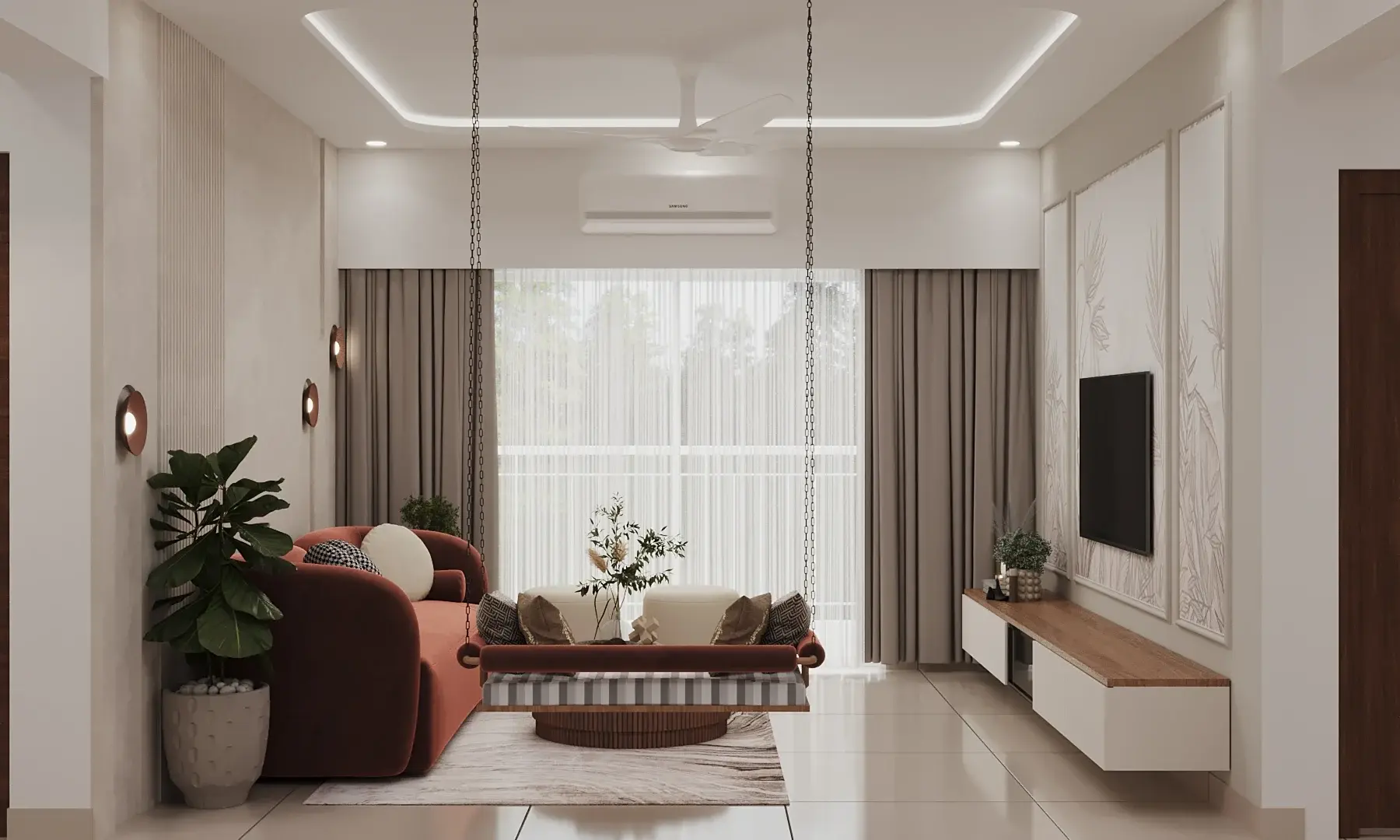Explore premium miami luxury interior design for an upscale and refined atmosphere.
Explore premium miami luxury interior design for an upscale and refined atmosphere.
Blog Article
Change Your Home With Important Concepts of Interior Layout and Appearances
By recognizing the impact of shade concept and the relevance of texture and patterns, one can produce areas that are not just visually enticing yet likewise deeply individual. Achieving this equilibrium involves more than plain decor; it includes a strategic arrangement and an eager understanding of how each aspect communicates within an area.
Recognizing Color Theory
Color concept is a fundamental facet of interior decoration that considerably affects mood, understanding, and general aesthetic. Understanding the principles of color concept allows designers to produce spaces that reverberate emotionally with passengers while fulfilling functional needs (Architecture Firm). Shades can be categorized right into three key types: primary, additional, and tertiary. Each group plays a crucial function in developing consistency within a room.
The emotional impact of shades is profound; cozy tones such as reds and oranges evoke energy and heat, while awesome tones like blues and eco-friendlies promote calmness and peace. Moreover, the use of corresponding colors improves visual interest, producing striking contrasts that can boost an area's allure.
Neutral colors, on the other hand, function as a versatile background, permitting various other style aspects to beam. It is important to take into consideration factors such as lighting and the area's purpose when picking a shade scheme, as these can alter the assumption of colors throughout the day.
Ultimately, a well-considered color pattern can change a space, promoting a sense of convenience and design that aligns with the inhabitants' choices. Proficiency of shade concept is, therefore, an essential skill for any indoor developer aiming to produce unified and welcoming settings.
Accomplishing Equilibrium in Layout
Just how can developers accomplish a sense of stability in their spaces? Achieving balance in design is fundamental to developing harmonious insides. Designers can utilize three main kinds of balance: in proportion, unbalanced, and radial. Balanced balance includes setting up elements uniformly around a main factor, fostering a feeling of order and serenity. This type often includes sets of furnishings or art work, improving aesthetic stability.
Asymmetrical balance, on the other hand, counts on varying elements that still achieve a cohesive appearance. This method permits even more vibrant and informal plans, providing interest while preserving equilibrium. By carefully picking differing sizes, shades, and textures, designers can produce an aesthetically engaging room that feels well balanced yet energetic.
Radial equilibrium highlights a central centerpiece with elements radiating exterior. This design is frequently seen in round designs, where furniture and style produce a natural border that attracts the eye inward.
Eventually, attaining equilibrium requires thoughtful consideration of range, proportion, and the connections in between components. luxury interior design. By masterfully using these balance concepts, developers can transform rooms into settings that really feel both cosmetically pleasing and functionally harmonious, boosting the total experience for occupants
Importance of Spatial Recognition

An eager sense of spatial awareness enables developers to determine centerpieces within an area, assisting the viewer's focus to key attributes while keeping a total feeling of unity. It additionally aids in the calculated placement of lights, find here which can dramatically influence the perception of space and mood. In addition, understanding spatial connections makes it possible for the developer to accommodate the particular requirements of citizens, ensuring that each location offers its intended purpose without jeopardizing appearances.
Ultimately, spatial understanding is important for optimizing the possibility of any indoor area. By carefully taking into consideration the interplay between measurements, format, and feature, developers can produce atmospheres that not only meet functional requirements however additionally evoke a sense of convenience and charm, boosting the overall living experience.
Integrating Texture and Patterns
Accepting a diverse variety of textures and patterns can substantially boost the aesthetic and tactile charm of an indoor space. The calculated usage of numerous materials-- such as wood, steel, textile, and rock-- develops depth and passion, making an area feel extra inviting and dynamic. Integrating smooth surfaces with rough textures can establish an equilibrium that attracts the eye and involves the senses.
When including patterns, take into consideration both scale and repetition. Huge patterns can act as prime focus, while smaller, refined designs can enhance other aspects without frustrating the space. Layering patterns, such as pairing floral pillows with candy striped throws, adds intricacy and a feeling of harmony if executed attentively.
It is likewise essential to preserve a cohesive color palette, guaranteeing that structures and patterns work together as opposed to contend for attention. By picking a few crucial textures and patterns, you can create a combined aesthetic that reflects your individual design while enhancing the overall ambiance of the space. Ultimately, the mindful incorporation of these elements can change an ordinary area into an advanced setting abundant with personality and warmth.
Individualizing Your Area
Developing a room that shows your personality is vital to attaining a genuinely inviting setting. Personalization in interior layout enables you to instill your special design and passions right into your home, changing it from a plain sanctuary right into a refuge that speaks with that you are. Begin by picking a shade palette that resonates with your emotions-- strong colors can stimulate, while soft tones offer peace.
Include artwork and decor that mirror your interests, whether it be traveling, nature, or abstract principles. Presenting personal collections, such as publications, photos, or mementos, can evoke treasured memories and produce centerpieces within a space. In addition, consider tailoring useful pieces, like upholstered furnishings, to straighten with your visual preferences.

Final Thought
To conclude, the improvement of a home through the vital principles of interior decoration about his and appearance requires a detailed understanding of color theory, equilibrium, spatial recognition, structure, and personalization. i thought about this Each component contributes significantly to creating an unified and practical living setting - Architecture Firm. By attentively integrating these principles, individuals can enhance the visual charm and emotional vibration of their areas, ultimately cultivating a home that mirrors distinct identifications while providing comfort and practicality
Report this page